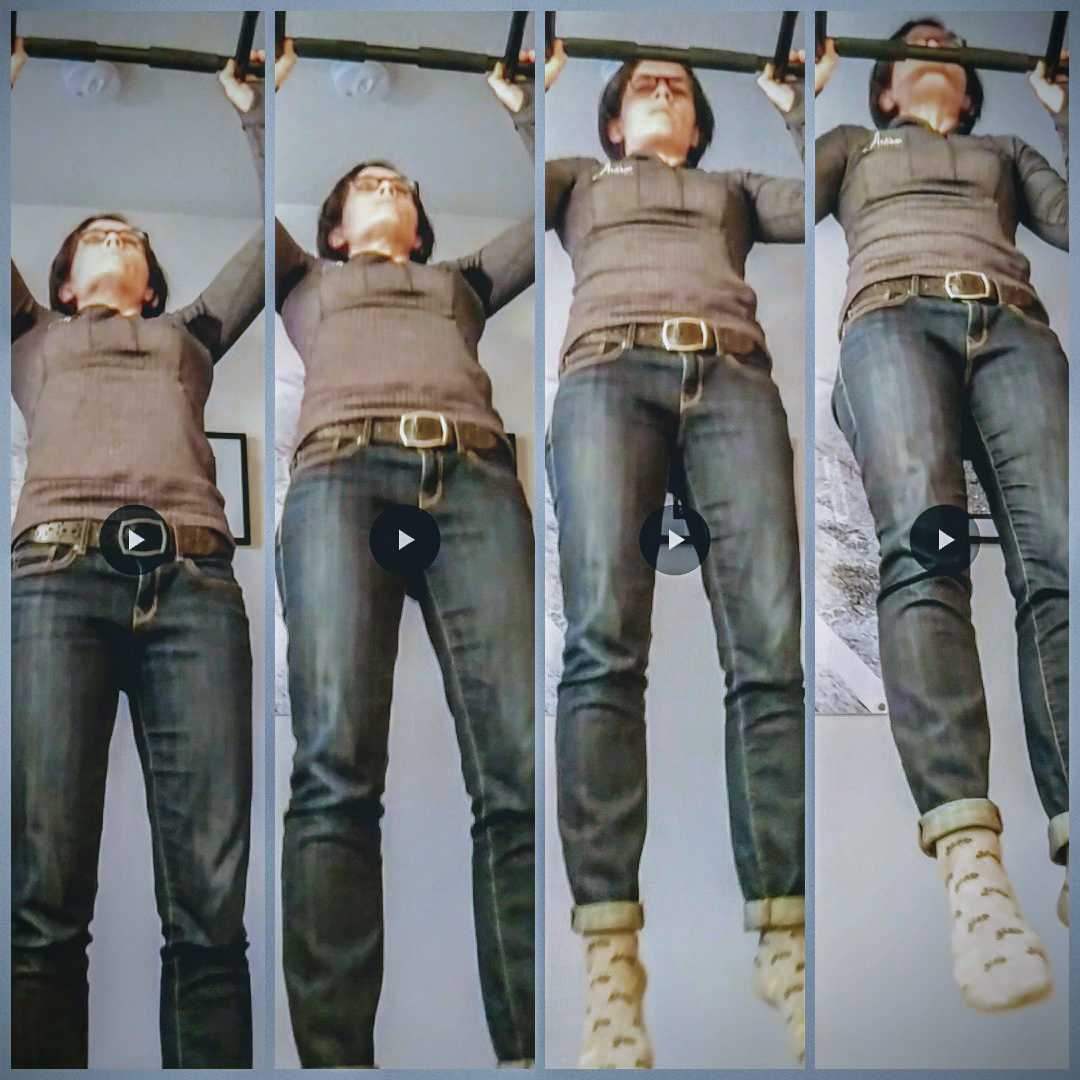Let’s get right to the point. The world is changing. Our health and the people around us are the most important thing. Even with social distancing and shelter in place or even quarantining if you are having mild COVID-19 symptoms, you can advance your health.
At Artisan Physical Therapy & Wellness, we offer both physical therapy and injury prevention programs. For physical therapy we help athletes and regular folks get back to their favorite sports and fitness routines, but can also help you if your goal is to get through the day sitting with back pain or you want to get rid of that heel and arch pain during those first few steps of the day or that shoulder pain in those certain positions reaching overhead and behind you. We have the expertise for all this and can work on multiple areas within one session.
While our physical therapy is limited to California and Oregon residents only, we offer wellness and injury prevention education and services for folks throughout the US and even globally.
Yes, we can help you live a healthier life even if you live in the Midwest, Pacific Northwest, New Zealand, Brazil, or Ireland. We offer wellness consultation worldwide! We do this specifically for rockclimbers and runners, but we can make sure you are healthy to get in a lifetime’s worth of laps at the pool, chasing your kids or grandkids, hiking the El Camino, or playing competitive ultimate frisbee. We are movement analysis experts and exercise prescription and can do this over video remotely. A good portion of the injuries we see come from good intentions, but lack of knowledge. We can give you the knowledge to prevent injuries before they even occur! Healthy for a lifetime. As our seasons of life change and physical goals and demands change, our self-care and fitness routines need to change too in order to optimize our health. Bring us your questions and let us help you answer them!
Honored to partner with you to keep you healthy for a lifetime.
Elle


